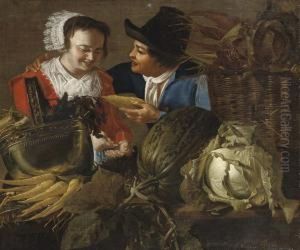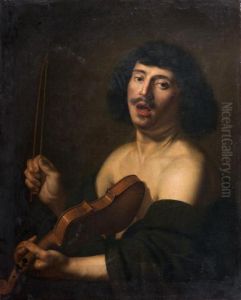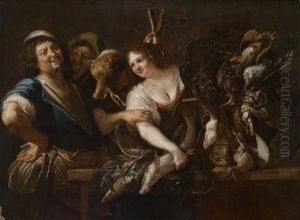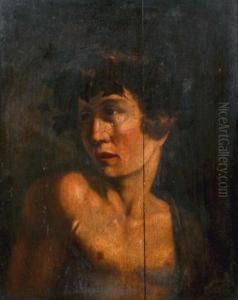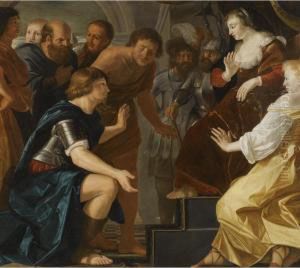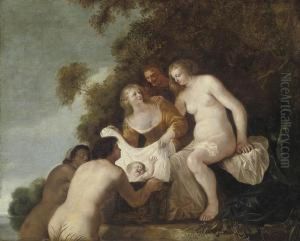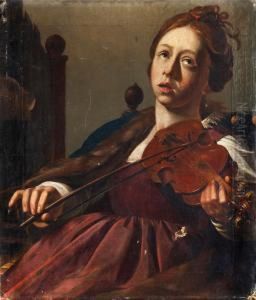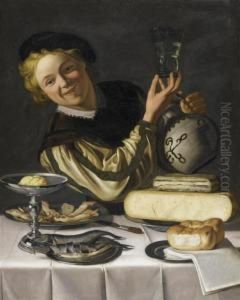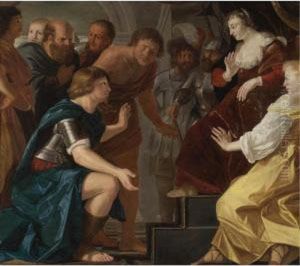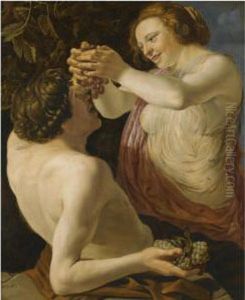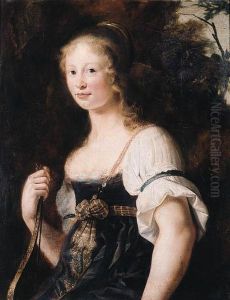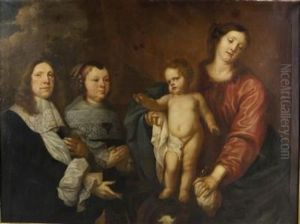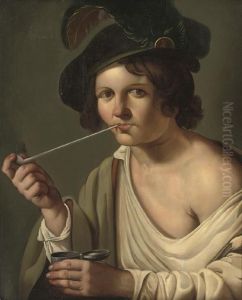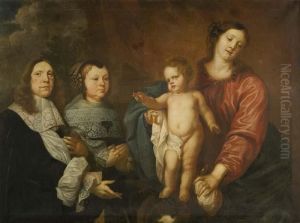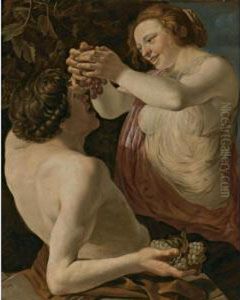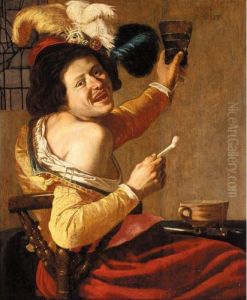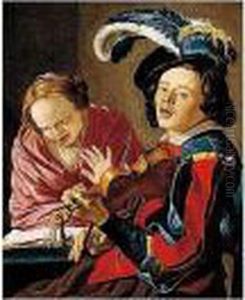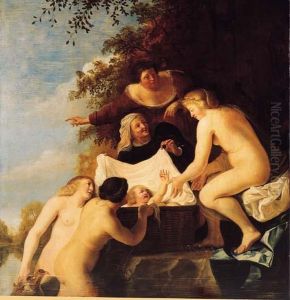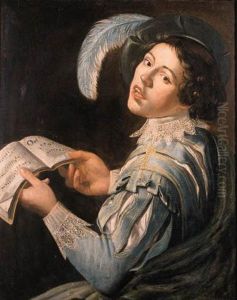Christian Gillisz. Van Couwenbergh Paintings
Christian Gillisz. Van Couwenbergh, also known as Christiaen Gillisz van Couwenbergh or simply Christiaen van Couwenbergh, was a Dutch Golden Age painter born in Ter Gouw (today's Gouda), Netherlands, in 1604. He was known for his vibrant and often quite detailed genre scenes, history paintings, and portraits.
Van Couwenbergh began his artistic training with his father, Gillis van Couwenbergh, who was a stained-glass painter. He later studied under the prominent artist Abraham Bloemaert in Utrecht, a city that was a vibrant artistic center at the time. Bloemaert's influence is evident in Van Couwenbergh's use of color and compositional style.
In 1627, Van Couwenbergh became a member of the Guild of Saint Luke in Utrecht and quickly established himself as a local master. His works often depicted biblical and mythological scenes with a certain theatricality and emphasis on human emotions, a characteristic of the Caravaggisti, artists influenced by the Italian painter Caravaggio. However, Van Couwenbergh's style also retained a distinctive Dutch quality, especially in his genre scenes which featured everyday life.
Van Couwenbergh's career included a move to France, where he worked for a time at the court of Louis XIII. His French period is less documented, but it is known that his paintings were well-received and that he was able to continue his work as a successful artist.
After returning to the Netherlands, Van Couwenbergh settled in The Hague and became a court painter to Prince Frederik Hendrik of Orange. In The Hague, he continued to produce works for local patrons as well as for the court, and his paintings from this period show a mature style with a refined approach to light and composition.
Christian Gillisz. Van Couwenbergh passed away in The Hague in 1667. His works are now held in various museums and collections around the world, representing the rich artistic heritage of the Dutch Golden Age. They continue to be studied for their contribution to the period's understanding of genre painting and the interplay between Dutch and Italian artistic influences.
